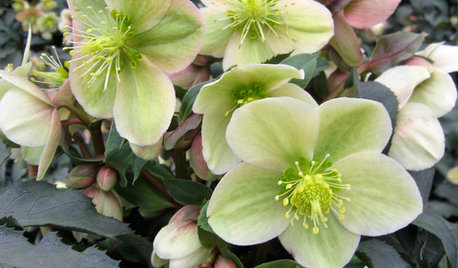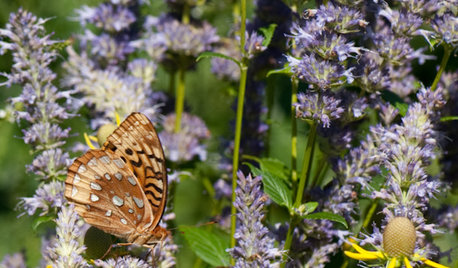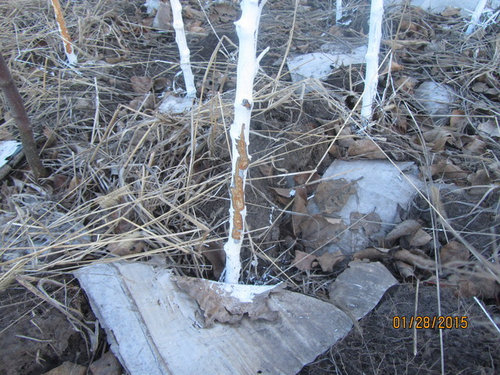Rabbit damage
Mike Hughes
9 years ago
Related Stories

MONTHLY HOME CHECKLISTSYour Fall Home Maintenance Checklist
Prep your house and yard for cold weather with this list of things to do in an hour or over a weekend
Full Story
GARDENING GUIDESGreat Garden Combo: 3 Wonderful Plants for a Deer-Resistant Screen
Protect your privacy and keep deer at bay with a planting trio that turns a problem garden area into a highlight
Full Story
WINTER GARDENINGPruning Secrets for Exquisite Roses
Encourage gorgeous blooms year after year with this time-tested advice on how to prune your rosebush in winter for health and shape
Full Story
WINTER GARDENINGGreat Design Plant: Gold Collection Hellebores Perform Like Stars
Exciting colors, longer bloom times, forward-facing flowers ... These hybrids leave old hellebores in the dust
Full Story
CONTAINER GARDENS7 Deer-Resistant Flowers for Your Summer Containers
Grow these as protection for edibles or just for their colorful beauty — deer might not like them, but everyone else will
Full Story
MOST POPULARHouzz Tour: A Playful Home Drawn Up by 8-Year-Old Twins
Plans for this innovative tower home in Melbourne were going nowhere — until the homeowners’ twins came to the rescue
Full Story
GARDENING GUIDESGreat Design Plant: Anise Hyssop Delights Licorice Lovers
With its distinct scent and flower spikes, drought-tolerant Agastache foeniculum stirs interest among humans and winged creatures alike
Full Story
REMODELING GUIDESWhich Window for Your World?
The view and fresh air from your windows make a huge impact on the experience of being in your house
Full Story
GARDENING GUIDESTop 12 Summer-Blooming Perennials for Deer-Resistant Drama
Can you have garden color, fragrance and exciting foliage with hungry deer afoot? These beauties say yes
Full Story
HOUSEKEEPINGOutdoor Home Prep to Do Before Hard Winter Hits
Avoid cracking, rusting and rotting during freezes by taking care of these tasks now
Full Story







alan haigh
rayrose
Related Professionals
Comstock Park Landscape Architects & Landscape Designers · Fitchburg Landscape Architects & Landscape Designers · Franconia Landscape Architects & Landscape Designers · Marco Island Landscape Architects & Landscape Designers · Suffern Landscape Architects & Landscape Designers · Bound Brook Landscape Contractors · Byram Landscape Contractors · Cliffside Park Landscape Contractors · Fairview Landscape Contractors · Hayward Landscape Contractors · Longview Landscape Contractors · Paterson Landscape Contractors · South Portland Landscape Contractors · Sun City Center Landscape Contractors · Hawaiian Gardens Landscape Contractorscreekweb
RedSun (Zone 6, NJ)
lkz5ia
franktank232
derby41
clarkinks
clarkinks
appleseed70
Konrad___far_north
alan haigh
clarkinks
clarkinks